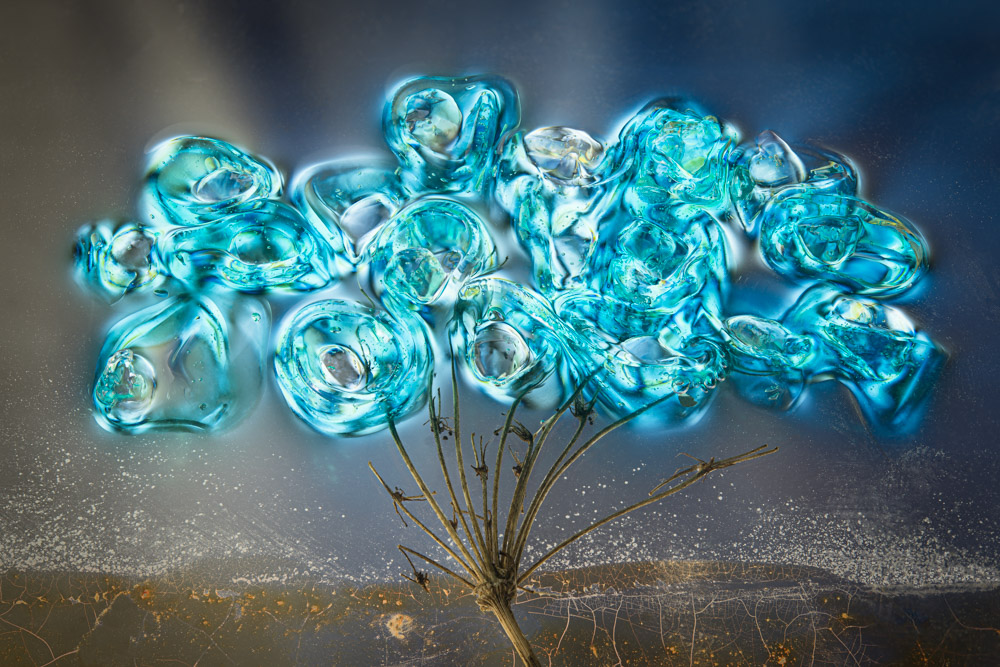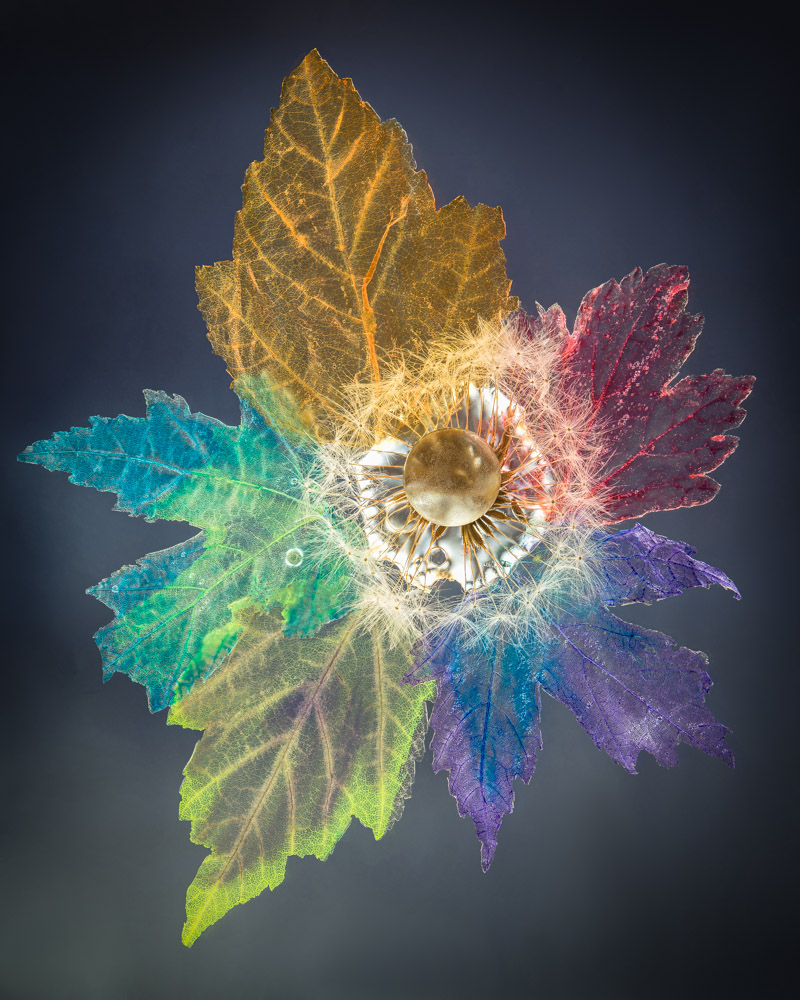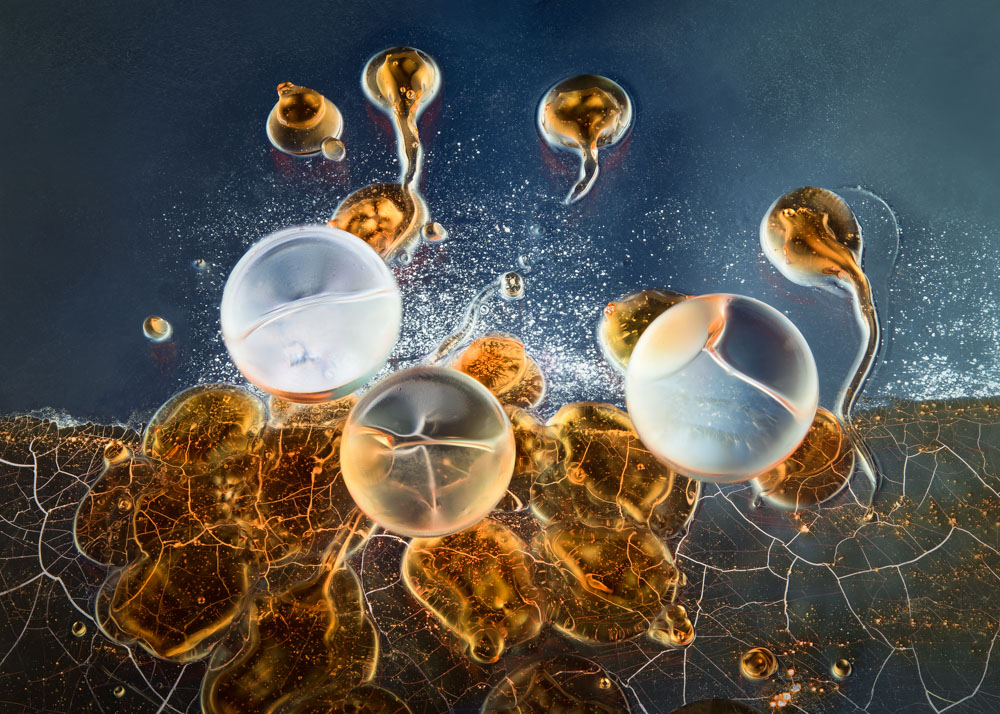blog
Interview with photographer Ela Kurowska

Caelum, Light Forms
F-Stop Magazine: How did you first become involved in photography and what led to you working in this medium as an artist?
Ela Kurowska: I am a photographer and a scientist. Before I started my adventure with camera, I worked for over 20 years as a biochemist with a PhD degree, doing research at university and in corporate settings. I started photography 12 years ago because I wanted to do something new and creative, outside of the scope of my expertise. Digital photography seemed to fit the bill. It was a combination of art, which I craved to make, and technology which I felt I could learn with my background in science and technology. I jumped into my new adventure by reading some texts about theory of digital photography, and a couple of books about principles of composition, color, and lighting. Then I went through my entire camera manual and started shooting. First came travel photography and it took me a while to realize that my true call would be combining my love for photography with lifelong passion for science and experimenting.
F-Stop: The current issue of F-Stop Magazine includes images from your project “Light Forms,” can you tell us about this project? What led to this work?
EK: The project “Light Forms” was born 8 years ago when I came across a phenomenon of photoelasticity, a long abandoned experimental technique used by engineers to visualize distribution of stress in models made of transparent resins subjected to deformation and viewed in the cross-polarized light. Seeing the transformation of ordinary resin objects into abstract, glowing, colorful images inspired me to look for unexplored potential of photoelastic effect in art photography. The Eureka moment came when I discovered that I could replace hard, unyielding resins with organic gels which had similar optical properties but were soft, malleable, and easy to deform. Not only were these gels ideally transparent and perfect for photography in the cross-polarized light but I also happened to be familiar with them as a biochemist. I understood their structure and properties and I knew how to handle them because organic gels are used as tools in many laboratory techniques. In addition, these organic gels naturally formed graceful, biomorphic shapes resembling living organisms made of light and emerging from the darkness – therefore I called them Light Forms.

Simitus 04, Light Forms
F-Stop: What is your process for making these images or your creative process more generally?
EK: Creating Light Forms feels like creating life from basic organic ingredients. First, I come up with an idea of design and with a technique to produce specific shapes, textures, and colors. Then, I prepare photoelastic gel solutions and use various science-based tricks to solidify them in desired forms and to stimulate micro deformations in the gel material. Finally, I illuminate my miniature compositions using large LED screens covered with sheet polarizers and view them through macro lens equipped with circular polarized filter. In the cross-polarized light translucent gel structures transform into glowing, biomorphic objects emerging from darkness. To capture them in their full glory I experiment with lighting and camera angle, and occasionally I also superimpose them with small organic objects. To create final images, I use focus stacking technique.
F-Stop: What do you hope people experience or feel when they look at your photographs?
EK: I hope people would be attracted to the graceful harmony of my works, to the mysterious light emitted by biomorphic forms, to their vivid colors, perceived vitality, and unique beauty. I would like Light Forms to transport my viewers into a beautiful world of light and colors that seem to resemble both inner and outer space. I also encourage various interpretations of my images by giving them titles that mimic Latin names.

Ortis, Light Forms
F-Stop: Do you have a favorite image in this series? If so, which one and why is it the image that speaks to you most?
EK: Perhaps my favorite image in the series is Caelum 01, which depicts a magical tree glowing in the darkness with intense blue light. To me it symbolizes a harmony and deep happiness.
To see more of Ela Kurowska’s work check out the Portfolio 2021 issue of F-Stop or visit: lightforms.ca
Location: Online Type: Featured Photographer, Interview
Events by Location
Post Categories
Tags
- Abstract
- Alternative process
- Architecture
- Artist Talk
- artistic residency
- Biennial
- Black and White
- Book Fair
- Car culture
- Charity
- Childhood
- Children
- Cities
- Collaboration
- Community
- Cyanotype
- Documentary
- Environment
- Event
- Exhibition
- Faith
- Family
- Fashion
- Festival
- Film Review
- Food
- Friendship
- FStop20th
- Gender
- Gun Culture
- Habitat
- Hom
- home
- journal
- Landscapes
- Lecture
- Love
- Masculinity
- Mental Health
- Migration
- Museums
- Music
- Nature
- Night
- nuclear
- p
- photographic residency
- Photomontage
- Plants
- Podcast
- Portraits
- Prairies
- Religion
- River
- Still Life
- Street Photography
- Tourism
- UFO
- Water
- Zine

Leave a Reply